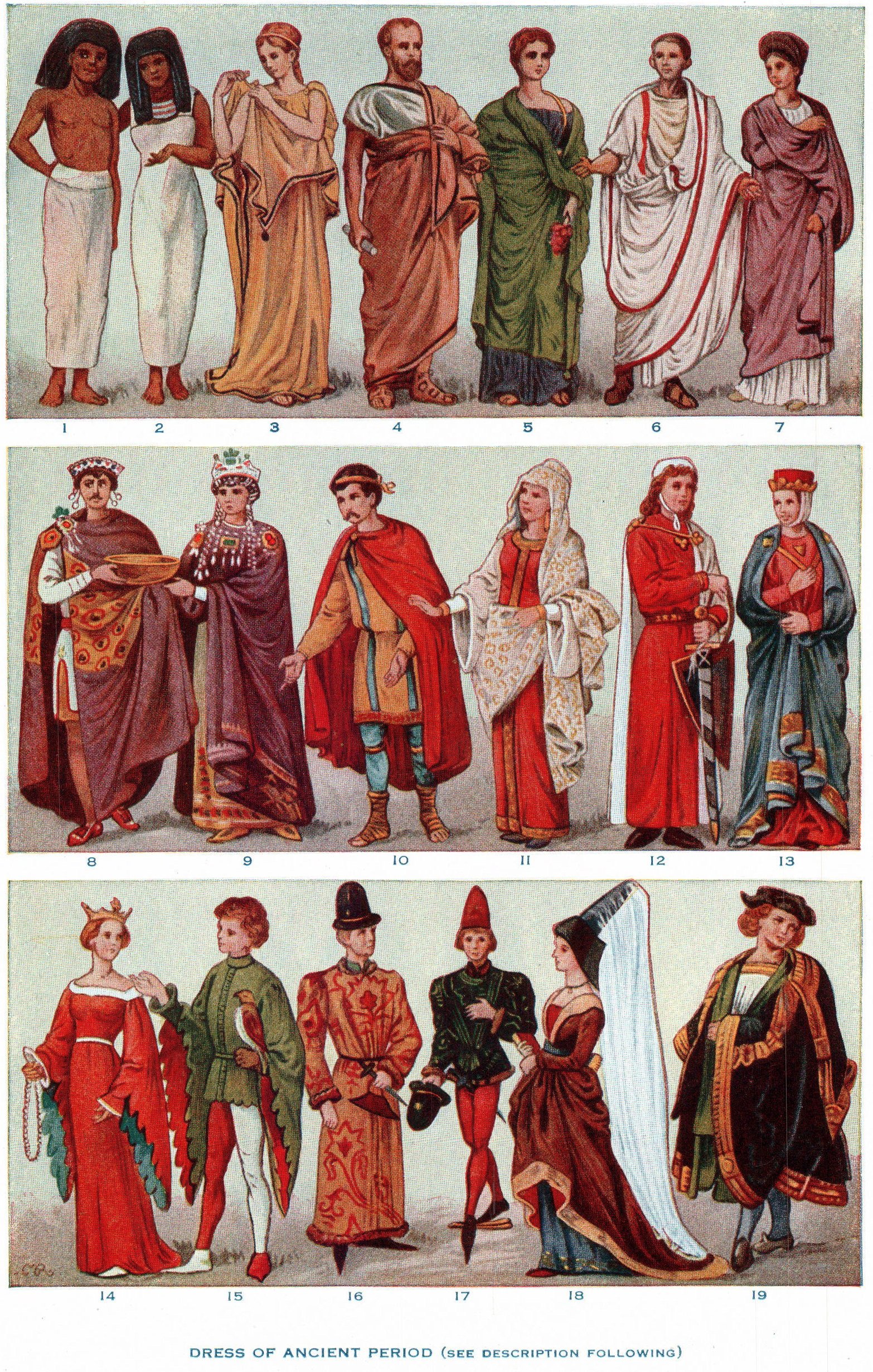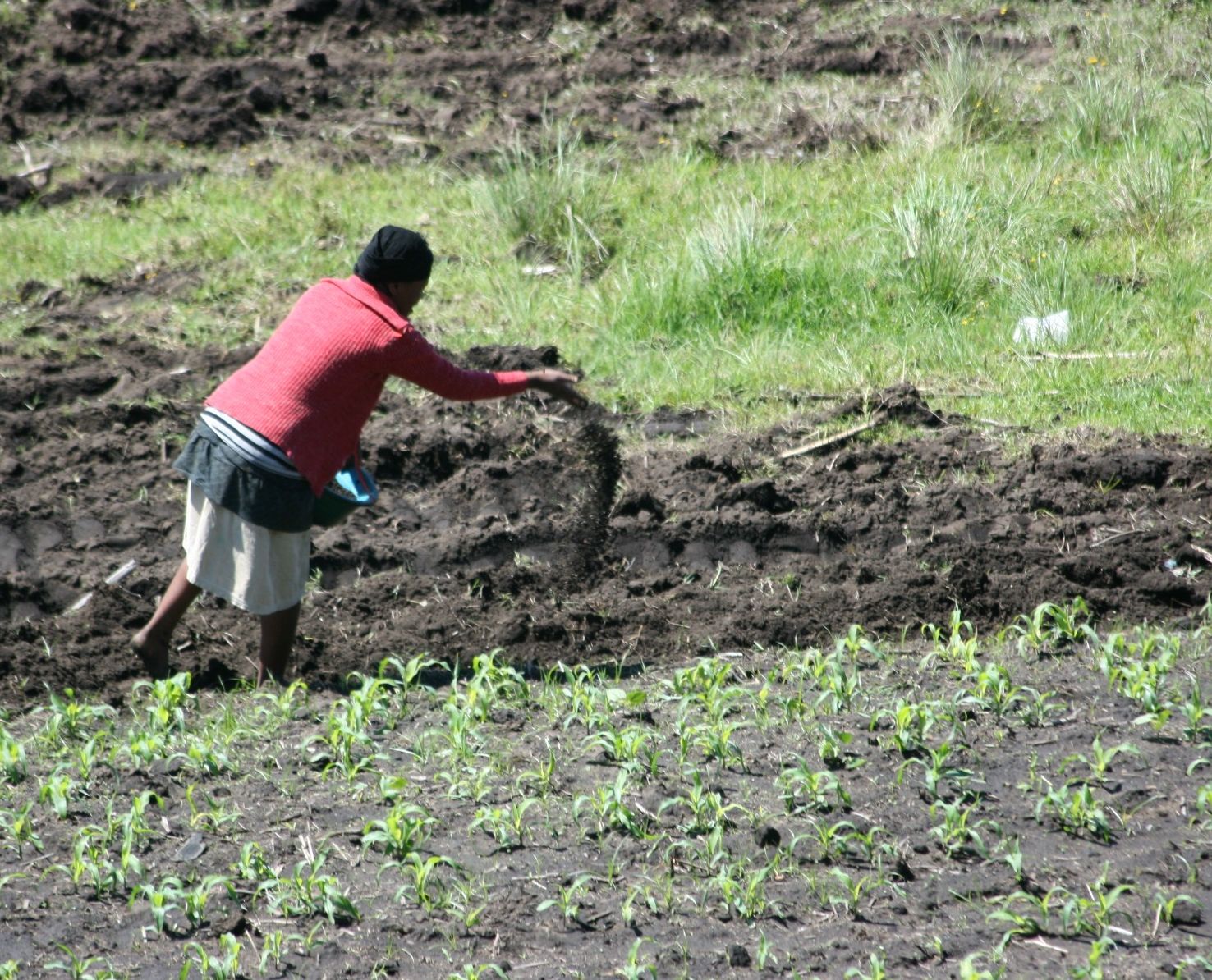|
Cotton Recycling
Cotton recycling is the process of converting cotton fabric into fibers that can be reused into other textile products. Recycled cotton is primarily made from pre-consumer cotton which is excess textile waste from clothing production. It is less commonly made from post-consumer cotton which is discarded textile waste from consumers such as second hand clothing. The recycling process includes assessing the quality of cotton fibers through systematics collection, manually sorting the materials, and undergoing a mechanical or chemical process to break down the textile fabric into reusable fibers. In the mechanical process, fabrics are torn into individual fibers through a machine, and in the chemical process, the fabrics's chemical properties are broken down through chemical reaction processes such as Lyocell process and dissolution in ionic liquids. The mechanical process is the primary way to recycle textiles because the chemical process is not commercially used. Recycled cotton is ... [...More Info...] [...Related Items...] OR: [Wikipedia] [Google] [Baidu] |
Life-cycle Assessment
Life cycle assessment or LCA (also known as life cycle analysis) is a methodology for assessing environmental impacts associated with all the stages of the life cycle of a commercial product, process, or service. For instance, in the case of a manufactured product, environmental impacts are assessed from raw material extraction and processing (cradle), through the product's manufacture, distribution and use, to the recycling or final disposal of the materials composing it (grave). An LCA study involves a thorough inventory of the energy and materials that are required across the industry value chain of the product, process or service, and calculates the corresponding emissions to the environment. LCA thus assesses cumulative potential environmental impacts. The aim is to document and improve the overall environmental profile of the product. Widely recognized procedures for conducting LCAs are included in the 14000 series of environmental management standards of the Int ... [...More Info...] [...Related Items...] OR: [Wikipedia] [Google] [Baidu] |
Clothing And The Environment
Clothing (also known as clothes, apparel, and attire) are items worn on the body. Typically, clothing is made of fabrics or textiles, but over time it has included garments made from animal skin and other thin sheets of materials and natural products found in the environment, put together. The wearing of clothing is mostly restricted to human beings and is a feature of all human societies. The amount and type of clothing worn depends on gender, body type, social factors, and geographic considerations. Garments cover the body, footwear covers the feet, gloves cover the hands, while hats and headgear cover the head. Eyewear and jewelry are not generally considered items of clothing, but play an important role in fashion and clothing as costume. Clothing serves many purposes: it can serve as protection from the elements, rough surfaces, sharp stones, rash-causing plants, insect bites, by providing a barrier between the skin and the environment. Clothing can insulate against cold ... [...More Info...] [...Related Items...] OR: [Wikipedia] [Google] [Baidu] |
Cotton
Cotton is a soft, fluffy staple fiber that grows in a boll, or protective case, around the seeds of the cotton plants of the genus '' Gossypium'' in the mallow family Malvaceae. The fiber is almost pure cellulose, and can contain minor percentages of waxes, fats, pectins, and water. Under natural conditions, the cotton bolls will increase the dispersal of the seeds. The plant is a shrub native to tropical and subtropical regions around the world, including the Americas, Africa, Egypt and India. The greatest diversity of wild cotton species is found in Mexico, followed by Australia and Africa. Cotton was independently domesticated in the Old and New Worlds. The fiber is most often spun into yarn or thread and used to make a soft, breathable, and durable textile. The use of cotton for fabric is known to date to prehistoric times; fragments of cotton fabric dated to the fifth millennium BC have been found in the Indus Valley civilization, as well as fabric remnants date ... [...More Info...] [...Related Items...] OR: [Wikipedia] [Google] [Baidu] |
Recycling By Material
Recycling can be carried out on various raw materials. Recycling is an important part of creating more sustainable economies, reducing the cost and environmental impact of raw materials. Not all materials are easily recycled, and processing recyclable into the correct waste stream requires considerable energy. Some particular manufactured goods are not easily separated, unless specially process therefore have unique product-based recycling processes. Asphalt Asphalt concrete removed during road maintenance, resurfacing, and repair activities can be reclaimed and reused in new pavement mixtures, as an unbound aggregate base, or other civil engineering applications. Very little asphalt concrete — less than 1 percent, according to a survey by the Federal Highway Administration and the National Asphalt Pavement Association conducted annually since 2009 — is actually disposed of in landfills. When asphalt pavement material is reclaimed for reuse, it is able to replace both virgi ... [...More Info...] [...Related Items...] OR: [Wikipedia] [Google] [Baidu] |
Textile Recycling
Textile recycling is the process of recovering fiber, yarn, or fabric and reprocessing the material into new, useful products. Textile waste is split into pre-consumer and post-consumer waste and is sorted into five different categories derived from a pyramid model. Textiles can be either reused or mechanically/chemically recycled. There has been a shift in recent years toward recycling textiles because of new regulations in several countries. In response, companies are developing products from both post-consumer waste and recycled materials such as plastics. Results from academic studies demonstrate that textile reuse and recycling are more advantageous than incineration and landfilling. Waste Over 100 billion garments are produced annually, most of which end up in incinerators or landfills. The EPA reported that in 2018 alone, 17 million tons of textile municipal solid waste (MSW) was generated. The fashion industry is arguably one of the second biggest polluters next to the o ... [...More Info...] [...Related Items...] OR: [Wikipedia] [Google] [Baidu] |
Cotton Paper
Cotton paper, also known as rag paper or rag stock paper, is made using cotton linters (fine fibers which stick to the cotton seeds after processing) or cotton from used cloth (rags) as the primary material. Prior to the mid-19th century, cotton paper was the main form of paper produced, with pulp paper replacing cotton paper as the main paper material during the 19th century. Although pulp paper was cheaper to produce, its quality and durability is significantly lower. Although pulp-paper quality improved significantly over the 20th century, cotton paper continues to be more durable, and consequently important documents are often printed on cotton paper. Different grades of cotton paper can be produced. Properties High-quality cotton fiber paper is known to last hundreds of years without appreciable fading, discoloration, or deterioration, so it is often used for important documents, such as the archival copies of dissertations or theses. As a rule of thumb, for each percentage ... [...More Info...] [...Related Items...] OR: [Wikipedia] [Google] [Baidu] |
Pesticide
Pesticides are substances that are meant to control pests. This includes herbicide, insecticide, nematicide, molluscicide, piscicide, avicide, rodenticide, bactericide, insect repellent, animal repellent, microbicide, fungicide, and lampricide. The most common of these are herbicides which account for approximately 80% of all pesticide use. Most pesticides are intended to serve as plant protection products (also known as crop protection products), which in general, protect plants from weeds, fungi, or insects. As an example, the fungus '' Alternaria solani'' is used to combat the aquatic weed '' Salvinia''. In general, a pesticide is a chemical (such as carbamate) or biological agent (such as a virus, bacterium, or fungus) that deters, incapacitates, kills, or otherwise discourages pests. Target pests can include insects, plant pathogens, weeds, molluscs, birds, mammals, fish, nematodes (roundworms), and microbes that destroy property, cause nuisance, or spr ... [...More Info...] [...Related Items...] OR: [Wikipedia] [Google] [Baidu] |
Fertilizer
A fertilizer (American English) or fertiliser (British English; see spelling differences) is any material of natural or synthetic origin that is applied to soil or to plant tissues to supply plant nutrients. Fertilizers may be distinct from liming materials or other non-nutrient soil amendments. Many sources of fertilizer exist, both natural and industrially produced. For most modern agricultural practices, fertilization focuses on three main macro nutrients: nitrogen (N), phosphorus (P), and potassium (K) with occasional addition of supplements like rock flour for micronutrients. Farmers apply these fertilizers in a variety of ways: through dry or pelletized or liquid application processes, using large agricultural equipment or hand-tool methods. Historically fertilization came from natural or organic sources: compost, animal manure, human manure, harvested minerals, crop rotations and byproducts of human-nature industries (i.e. fish processing waste, or bloodmeal ... [...More Info...] [...Related Items...] OR: [Wikipedia] [Google] [Baidu] |
Greenhouse Gas Emissions
Greenhouse gas emissions from human activities strengthen the greenhouse effect, contributing to climate change. Most is carbon dioxide from burning fossil fuels: coal, oil, and natural gas. The largest emitters include coal in China and large oil and gas companies, many state-owned by OPEC and Russia. Human-caused emissions have increased atmospheric carbon dioxide by about 50% over pre-industrial levels. The growing levels of emissions have varied, but it was consistent among all greenhouse gases (GHG). Emissions in the 2010s averaged 56 billion tons a year, higher than ever before. Electricity generation and transport are major emitters; the largest single source, according to the United States Environmental Protection Agency, is transportation, accounting for 27% of all USA greenhouse gas emissions. Deforestation and other changes in land use also emit carbon dioxide and methane. The largest source of anthropogenic methane emissions is agriculture, closely follow ... [...More Info...] [...Related Items...] OR: [Wikipedia] [Google] [Baidu] |
NMMO
''N''-Methylmorpholine ''N''-oxide (more correctly 4-methylmorpholine 4-oxide), NMO or NMMO is an organic compound. This heterocyclic amine oxide and morpholine derivative is used in organic chemistry as a co-oxidant and sacrificial catalyst in oxidation reactions for instance in osmium tetroxide oxidations and the Sharpless asymmetric dihydroxylation or oxidations with TPAP. NMO is commercially supplied both as a monohydrate C5H11NO2·H2O and as the anhydrous compound. The monohydrate is used as a solvent for cellulose in the lyocell process to produce cellulose fibers. Uses Solvent of cellulose NMMO monohydrate is used as a solvent in the lyocell process to produce lyocell fiber. It dissolves cellulose to form a solution called dope, and the cellulose is reprecipitated in a water bath to produce a fiber. The process is similar but not analogous to the viscose process. In the viscose process, cellulose is made soluble by conversion to its xanthate derivatives. With NMMO, cellul ... [...More Info...] [...Related Items...] OR: [Wikipedia] [Google] [Baidu] |




